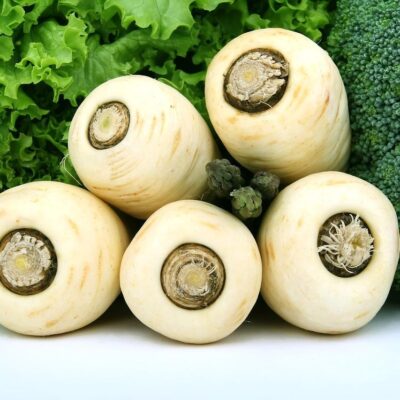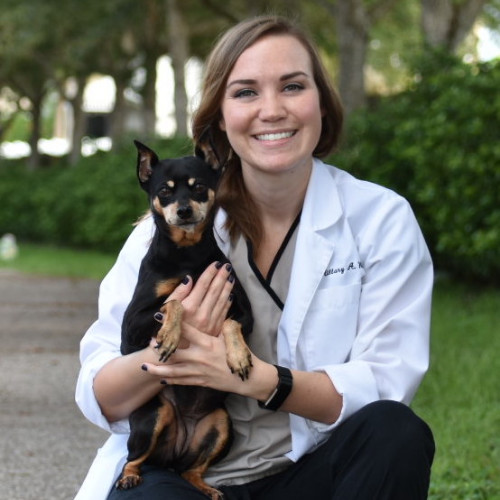Yes, parsnips are indeed safe for dogs to consume. These vegetables make a nourishing and occasional treat for your furry friend. Rich in essential nutrients like vitamins and minerals, parsnips contribute to your dog’s overall well-being. Furthermore, they are a great source of dietary fiber, promoting healthy digestion and gut function.

Safe: This food is generally considered safe by the veterinary community. Dogs can eat this food sometimes or in small amounts but contains little to no nutritional value.
| Food Safety | Safe in moderation |
| Nutritional Value | Vitamins C, E, and K, B vitamins, folic acid, calcium, potassium, dietary fiber, and more |
| Potential Risks | Gastrointestinal distress, choking hazard, kidney disease (in case of excessive potassium) |
How to Prepare Parsnips for Dogs Safely?
Steaming is the most favorable method for cooking parsnips (and often many other veggies) for dogs, as it helps preserve the majority of the nutrients. Alternatively, you can prepare a puree using cooked parsnips for easier consumption.
Here’s a simple, step-by-step guide on how to prepare and steam parsnips for your dog:
- Select fresh parsnips: Choose firm, well-shaped parsnips with no soft spots or discoloration.
- Wash the parsnips: Rinse them thoroughly under running water to remove any dirt or debris.
- Peel the parsnips: Use a vegetable peeler to remove the outer skin, ensuring a smoother texture for your dog.
- Cut the parsnips: Chop them into evenly-sized, smaller pieces to facilitate steaming and reduce the risk of choking.
- Prepare the steamer: Fill a pot with water, making sure the water level is below the steamer basket. Bring the water to a boil.
- Place the parsnip pieces in the steamer basket: Arrange them in a single layer to ensure even cooking.
- Steam the parsnips: Cover the pot with a lid and steam for 10-15 minutes or until the parsnips are tender but not mushy.
- Cool the parsnips: Allow the steamed parsnips to cool down to room temperature before serving them to your dog. This is important to not burn your dog!
- Serve in moderation: Offer a small portion of steamed parsnips as an occasional treat, and remember to observe your dog for any reactions or changes in behavior.
Following these steps will ensure you safely prepare and steam parsnips for your canine companion to enjoy as a nutritious snack.
How Many Parsnips Are Safe for Dogs?
For small dogs, about half a parsnip or less is an appropriate serving size. For larger dogs, a medium-sized parsnip should suffice when preparing a wholesome snack.
When introducing parsnips to your dog’s diet for the first time, begin with a small portion, such as a few bites, to gauge their tolerance. Monitor your dog’s overall health and well-being to ensure the vegetable is a suitable addition to their diet.
Frequently Asked Questions
-
Vegetables and fruits should only be about 10% of your dog’s diet. That said, you can safely feed a small dog less than half a parsnip. Larger dogs can eat a medium-sized parsnip safely.
-
Yes, dogs can eat raw parsnips. Wash the vegetable thoroughly and cut it into small pieces so your dog can easily consume them.
-
If your dog has eaten too many parsnips, they might have an upset tummy. Look for signs of gastrointestinal distress like loose stools, vomiting, lethargy, etc.







